Quantum computing and artificial intelligence (AI) have emerged as transformative technologies that hold immense potential for reshaping the future of computing and problem-solving. The convergence of these two fields has paved the way for the development of quantum neural models, which harness the power of quantum computing to enhance the capabilities of neural models.
In this article, we will delve into the concept of quantum neural models and their symbiotic relationship with quantum computing. By examining their potential applications, challenges, and future prospects, we aim to shed light on the transformative impact this synergy can have on the fields of computing and artificial intelligence. Through case studies and analyses, we will explore how the combination of quantum computing and neural models can usher in a new era of innovation and advancement.
Join us on this journey as we uncover the potential of quantum neural models, and their role in shaping the future of computing and artificial intelligence.
The Background and Motivation
Quantum computing and artificial intelligence (AI) represent two transformative technologies at the forefront of modern technology. Quantum computing harnesses the principles of quantum mechanics to perform computations that were once considered impossible for classical computers. Conversely, artificial intelligence focuses on developing systems capable of learning from data and making autonomous decisions.
The convergence of these two technologies carries the potential to revolutionize computation, problem-solving, and data analysis. Quantum computing’s computational power, combined with AI’s ability to process and learn from massive amounts of data, opens up new frontiers for innovation and advancement. By complementing each other’s strengths and capabilities, quantum computing and AI can drive breakthroughs in various industries and domains.
In this section, we will explore the individual capabilities of quantum computing and AI and delve into the motivations behind their convergence. Understanding the foundations of these transformative technologies is crucial to grasp the significance of their synergy and anticipate the future impact they will have on computation, problem-solving, and data analysis.
Understanding Quantum Computing
Quantum computing operates based on the principles of quantum mechanics, which describe the behavior of particles at the subatomic level. This field of study explores the potential of utilizing quantum phenomena to process and store information in qubits, the fundamental units of quantum information, representing the quantum analogue of classical bits.
Quantum bits, or qubits, are capable of existing in multiple states simultaneously through a phenomenon called superposition. Unlike classical bits which can only be in one state (0 or 1) at a given time, qubits can simultaneously represent 0 and 1 due to superposition. This property allows quantum computers to perform parallel computations and process vast amounts of information more efficiently compared to classical computers.
Quantum gates play a crucial role in manipulating qubits to perform operations required for quantum computations. These gates enable a range of operations such as superposition, entanglement, and phase shifts, which form the foundation of quantum algorithms. By applying specific gate operations to qubits, quantum algorithms can execute complex calculations at a speed unattainable by classical algorithms.
Two significant milestones in the development of quantum computing are quantum supremacy and quantum advantage. Quantum supremacy refers to the point at which a quantum computer can outperform classical computers for certain tasks. It demonstrates the immense computational power of quantum systems and their potential to revolutionize various domains, including optimization, cryptography, and machine learning. Quantum advantage, on the other hand, signifies the ability of a quantum computer to outperform classical computers for practical applications, indicating real-world benefits from quantum computing.
A variety of quantum computing architectures are being explored and developed by major players in the field. These architectures include superconducting qubits, trapped ions, topological qubits, and photonic qubits, each with its own unique advantages and challenges. Researchers are actively working to overcome technical limitations and optimize these architectures to harness the full potential of quantum computing.
Furthermore, quantum computing shows promise in revolutionizing computation across various domains with the help of quantum algorithms. Notable examples include Shor’s algorithm, which has the potential to break cryptographic systems based on the mathematical problem of prime factorization, and Grover’s algorithm, which accelerates the search process for an unstructured database.
Let’s explore the different quantum computing architectures in detail, along with their advantages and challenges, in the following table:
| Quantum Computing Architecture | Advantages | Challenges |
|---|---|---|
| Superconducting qubits | High level of controllability and scalability | Susceptible to errors caused by noise and decoherence |
| Trapped ions | Long coherence times and low error rates | Complex ion manipulation and scalability |
| Topological qubits | Resistant to noise and errors through error correction | Technically challenging to implement and stabilize |
| Photonic qubits | Fast and can travel long distances through optical fibers | Difficult to achieve high-qubit connectivity |
Foundations of Artificial Intelligence
Artificial intelligence (AI) has a rich history that dates back to the Dartmouth Conference in 1956. Since then, AI has evolved to encompass the development of intelligent systems capable of perceiving, reasoning, learning, and acting autonomously. One of the key subsets of AI is machine learning, which focuses on developing algorithms that learn from data and make predictions or decisions without explicit programming. This approach has revolutionized the field by enabling computers to perform complex tasks based on patterns and examples, similar to how humans learn.
Deep learning is a branch of machine learning that draws inspiration from the structure and function of the human brain. It involves neural networks with multiple layers, known as artificial neural networks (ANNs), which can extract and learn hierarchical representations of data. Deep learning has led to significant advancements in various domains, such as image recognition, natural language processing, and reinforcement learning. Through the use of ANNs with deep architectures, computers have achieved remarkable accuracy in tasks like image classification and speech recognition.
Neural networks can be trained using different learning paradigms, including supervised learning, unsupervised learning, and reinforcement learning. In supervised learning, models learn from labeled examples to make predictions. Unsupervised learning, on the other hand, involves learning patterns and structures directly from unlabeled data. Reinforcement learning takes inspiration from behavioral psychology and encourages learning through interaction with an environment, focusing on maximizing rewards and minimizing penalties.
Generative models are another important aspect of AI. These models aim to generate new data samples that resemble those in the training dataset. Generative adversarial networks (GANs) are a popular class of models that consist of two components: a generator network and a discriminator network. The generator network generates synthetic data samples, while the discriminator network tries to distinguish between real and fake samples. Through an iterative training process, GANs can generate highly realistic data samples, leading to applications in fields such as image synthesis, data augmentation, and artistic style transfer.
The applications of AI are vast and diverse, with industries such as healthcare, finance, retail, automotive, and entertainment embracing its transformative potential. In healthcare, AI has been used for disease diagnosis and treatment recommendation systems. In finance, AI algorithms have revolutionized risk assessment and fraud detection. Retail has witnessed advancements in personalized customer experience through AI-powered recommendation systems. The automotive industry has embraced AI for autonomous driving and vehicle safety. Entertainment has also been influenced by AI, with applications ranging from content recommendation to voice assistants.
Overall, the foundations of artificial intelligence encompass a rich history, the evolution of machine learning paradigms, the power of deep learning with neural networks, the advent of generative models, and the wide-ranging applications across various industries. By understanding these foundations, we can appreciate the immense potential and impact of AI in shaping the technology-driven world we live in.

Key Milestones in AI History:
| Year | Event |
|---|---|
| 1956 | The Dartmouth Conference marks the birth of AI as a field of study. |
| 1967 | The development of the Dendral program, which assists in chemical analysis. |
| 1997 | IBM’s Deep Blue defeats chess grandmaster Garry Kasparov. |
| 2011 | IBM’s Watson wins Jeopardy! against former champions. |
| 2014 | Google’s DeepMind develops the AlphaGo program, defeating a world champion Go player. |
| 2021 | OpenAI’s GPT-3 demonstrates unprecedented language generation capabilities. |
Convergence of Quantum Computing and AI
The convergence of quantum computing and AI presents a fascinating frontier where the computational power of quantum systems synergizes with the cognitive capabilities of AI. This convergence holds immense potential to reshape the landscape of machine learning and optimization, unlocking new possibilities for solving complex real-world problems.
Quantum Machine Learning
Quantum machine learning (QML) explores the use of quantum algorithms and quantum-enhanced hardware to develop more efficient and powerful machine learning models. By harnessing the unique properties of quantum systems, such as superposition and entanglement, QML aims to overcome the limitations of classical approaches and accelerate the training and inference processes.
Quantum Neural Networks
Quantum neural networks (QNNs) are specialized neural network architectures designed to operate on quantum computers or simulate quantum dynamics. QNNs leverage the principles of quantum parallelism and entanglement to enable more efficient computations, allowing for the exploration of complex data patterns and the development of novel AI models.
Hybrid Quantum-Classical Approaches
Hybrid quantum-classical approaches combine classical machine learning techniques with quantum computing capabilities to address real-world problems. These approaches leverage the strengths of both classical and quantum methods, offering the potential for enhanced performance and accuracy in solving complex optimization and prediction tasks.
Quantum-Inspired Optimization
Quantum-inspired optimization algorithms draw inspiration from quantum computing principles to solve optimization problems more efficiently. These algorithms leverage concepts such as quantum annealing and adiabatic evolution to efficiently explore large solution spaces, leading to improved optimization results in various domains, including finance, logistics, and supply chain management.
Future Prospects
The convergence of quantum computing and AI holds immense promise for the future of computing and problem-solving. Quantum machine learning, quantum neural networks, hybrid approaches, and quantum-inspired optimization are all contributing to the advancement of both fields. As research and development in this area continue to progress, we can anticipate breakthroughs in areas such as quantum-assisted drug discovery, quantum-aided optimization, and quantum-enhanced data analysis.

Comparison of Quantum Machine Learning, Quantum Neural Networks, and Hybrid Approaches
| Aspect | Quantum Machine Learning | Quantum Neural Networks | Hybrid Approaches |
|---|---|---|---|
| Core Idea | Utilizing quantum algorithms and quantum-enhanced hardware in machine learning | Neural network architectures that leverage quantum properties for computational advantages | Combining classical machine learning techniques with quantum computing capabilities |
| Main Advantage | More efficient and powerful models for solving complex machine learning tasks | Enhanced computational capabilities for exploring data patterns and developing AI models | Enhanced performance and accuracy in solving real-world optimization problems |
| Implementation Challenges | Hardware constraints, decoherence, and error correction | Mapping classical neural networks to quantum systems, noise and error mitigation | Integration of classical and quantum components, scalability |
| Potential Applications | Drug discovery, image and speech recognition, recommendation systems | Quantum chemistry simulation, optimization problems, pattern recognition | Portfolio optimization, logistics optimization, financial modeling |
Conclusion
The synergy between quantum computing and neural models presents exciting possibilities for the future of computing and artificial intelligence. By harnessing the power of quantum computing and combining it with the adaptive learning capabilities of neural models, researchers aim to tackle complex challenges across various domains. The transformative potential of quantum neural models in shaping the future of computing and artificial intelligence is undeniable.
The convergence of quantum computing and AI has the potential to revolutionize computation, problem-solving, and data analysis in fields such as drug discovery, optimization, machine learning, and cryptography. Quantum neural models offer novel approaches to address these challenges, leveraging the capabilities of quantum computing for enhanced computational speed and power. This synergy opens new frontiers for transformative advancements and innovations that will reshape industries and drive progress in solving complex real-world problems.
However, the adoption of quantum neural models also entails overcoming technical limitations and the need for further research and development. As the field continues to evolve, collaborations between experts in quantum computing and artificial intelligence will be crucial to overcome these challenges and explore the full potential of this synergy. With continuous advancements and breakthroughs in quantum computing hardware, software, and algorithms, the future prospects of quantum neural models remain promising.
In conclusion, the transformative potential of quantum neural models in the future of computing and artificial intelligence is immense. Through the symbiotic relationship between quantum computing and neural models, remarkable strides can be made in computational capabilities, problem-solving, and data analysis. As researchers continue to explore the possibilities, the convergence of quantum computing and AI holds great promise for shaping a future where quantum transformative potential is fully realized.
FAQ
What is quantum computing?
Quantum computing utilizes the principles of quantum mechanics to perform calculations that are infeasible for classical computers. It operates based on quantum bits (qubits), which can exist in multiple states simultaneously thanks to superposition, enabling complex computations efficiently.
What is artificial intelligence?
Artificial intelligence focuses on creating systems capable of learning from data and making decisions autonomously. It encompasses the development of intelligent systems that can perceive, reason, learn, and act. Machine learning and deep learning are subsets of AI that have made significant advancements in various domains.
How do quantum computing and artificial intelligence converge?
The convergence of quantum computing and AI, known as quantum machine learning, explores the potential of leveraging quantum algorithms and hardware to develop more efficient and powerful machine learning models. Quantum neural networks, hybrid quantum-classical approaches, and quantum-inspired optimization are examples of this convergence.
What are quantum neural networks?
Quantum neural networks are neural network architectures designed to operate on quantum computers or simulate quantum dynamics. They exploit quantum parallelism and entanglement to perform more efficient computations.
How can quantum computing benefit AI?
Quantum computing can enhance AI by providing more computing power for complex tasks such as drug discovery, optimization, machine learning, and cryptography. It has the potential to revolutionize computation, problem-solving, and data analysis in various fields.
What are the challenges of the convergence of quantum computing and AI?
There are technical limitations and the need for further research and development to fully harness the transformative potential of quantum neural models. Overcoming these challenges will be important for realizing the future prospects of this synergy.

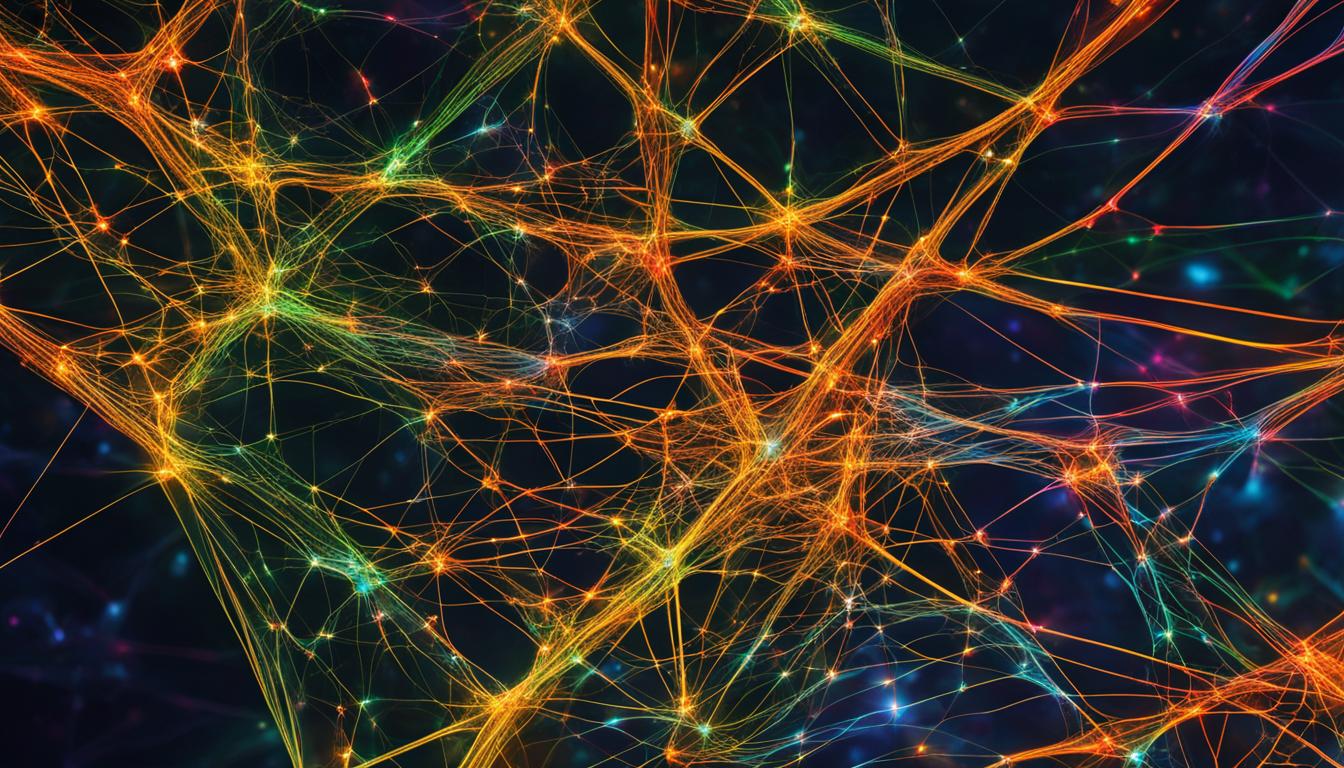

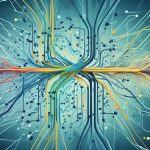


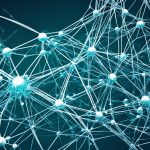

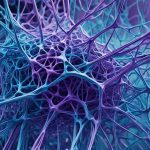

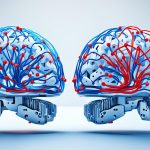
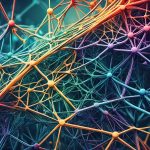
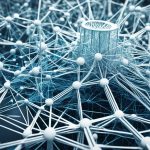

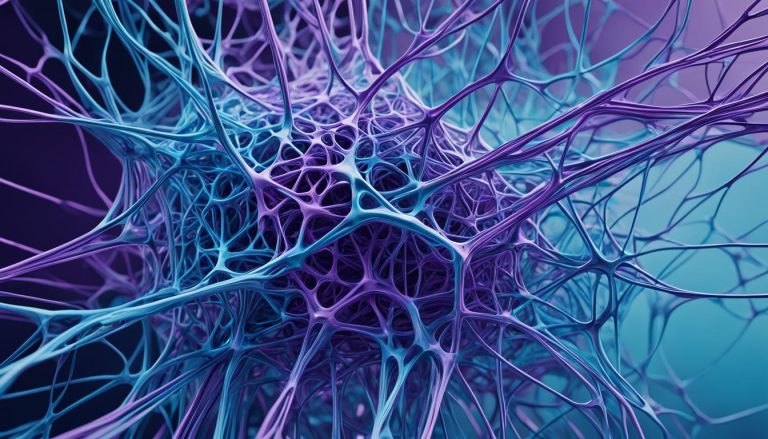
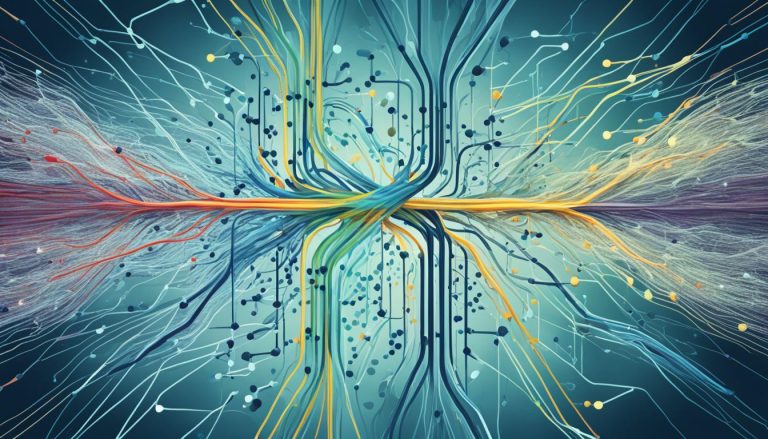

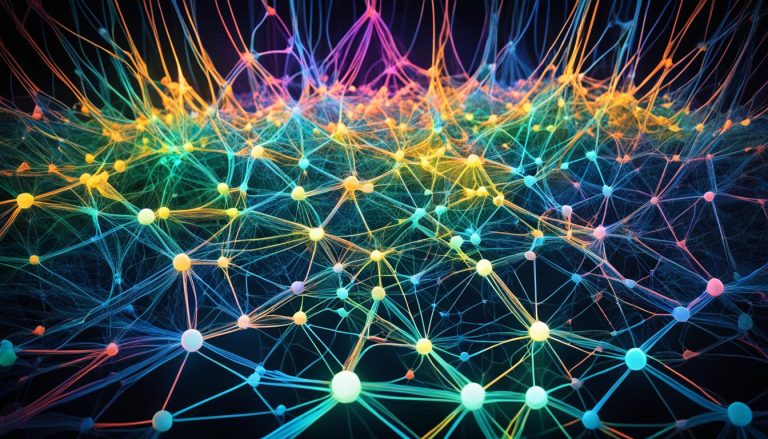


ChatGPT powered Autoresponder with Free SMTP at Unbeatable 1-Time Price! https://ext-opp.com/NewsMailer